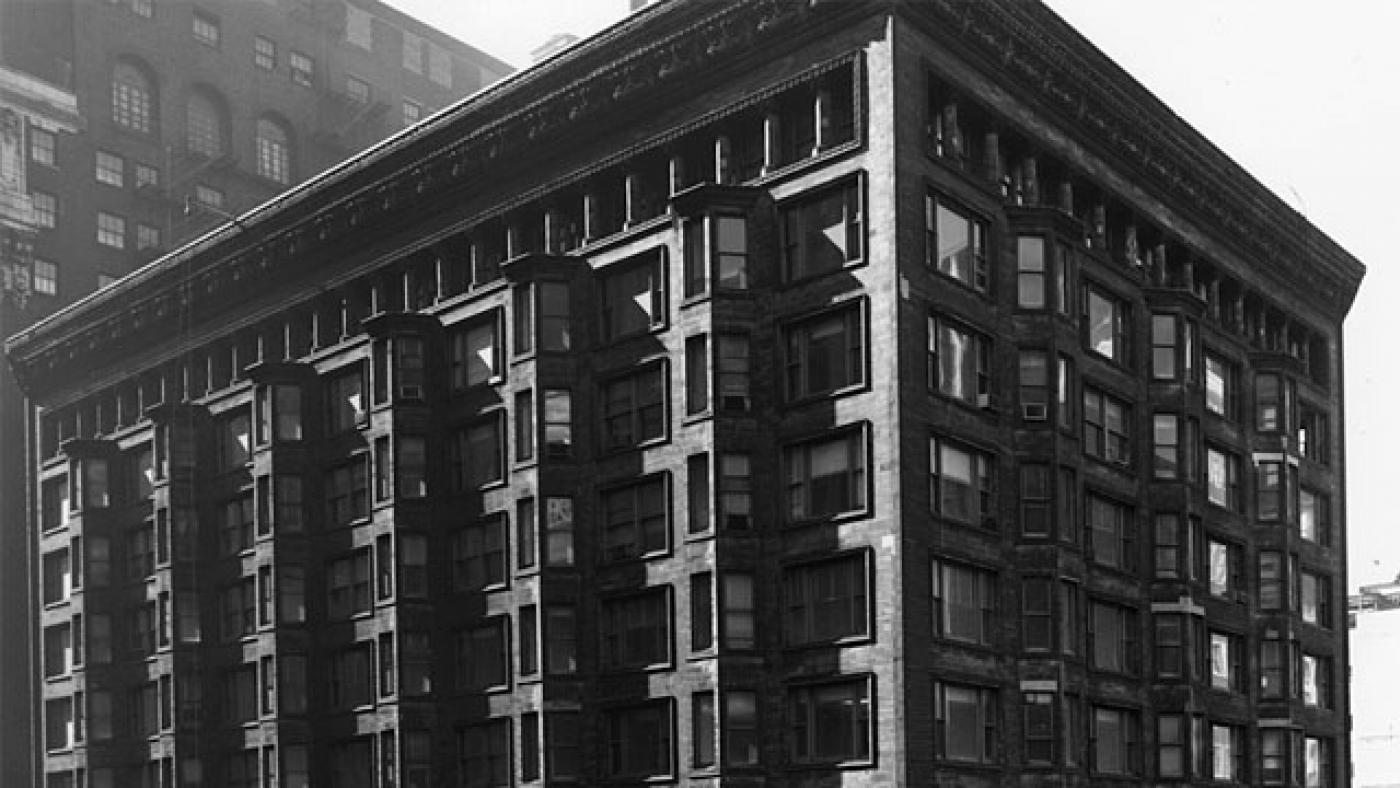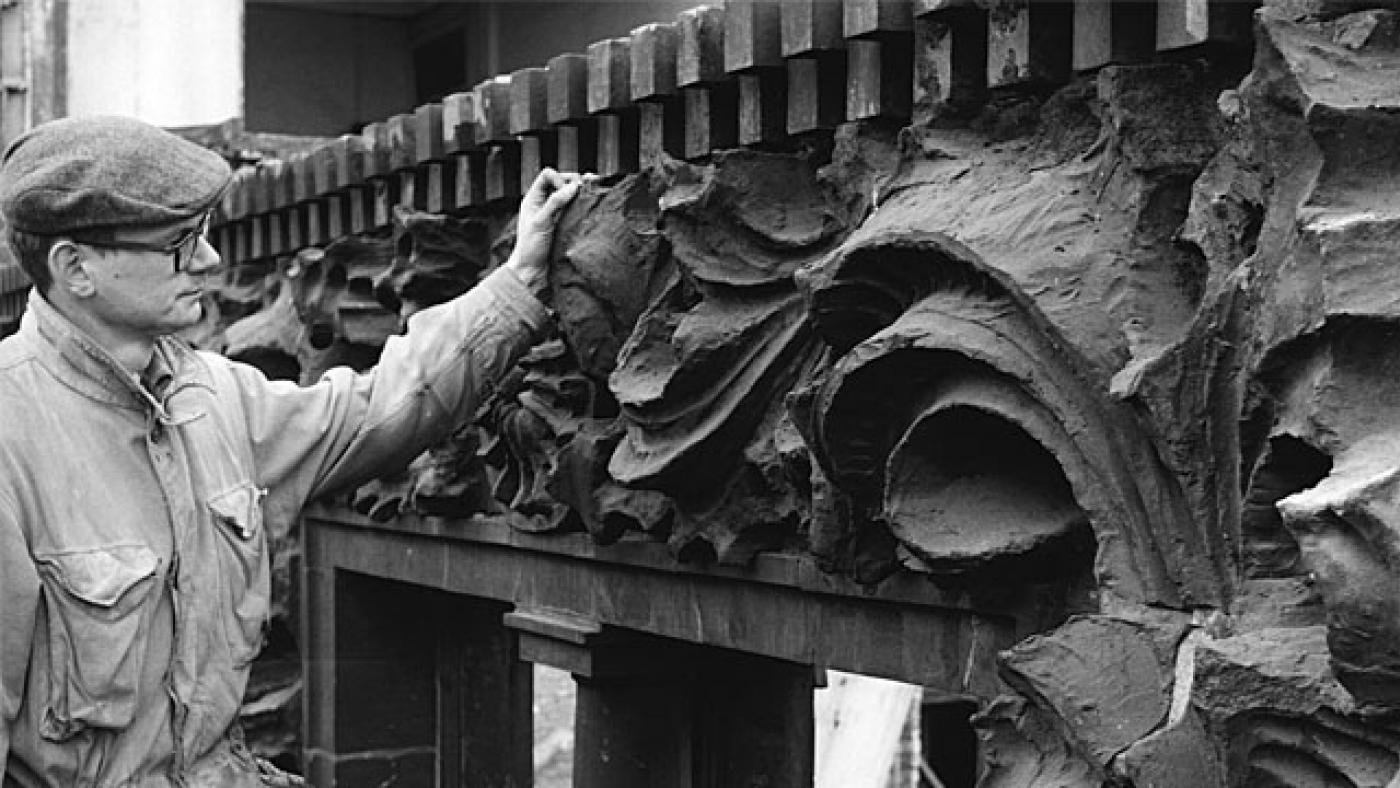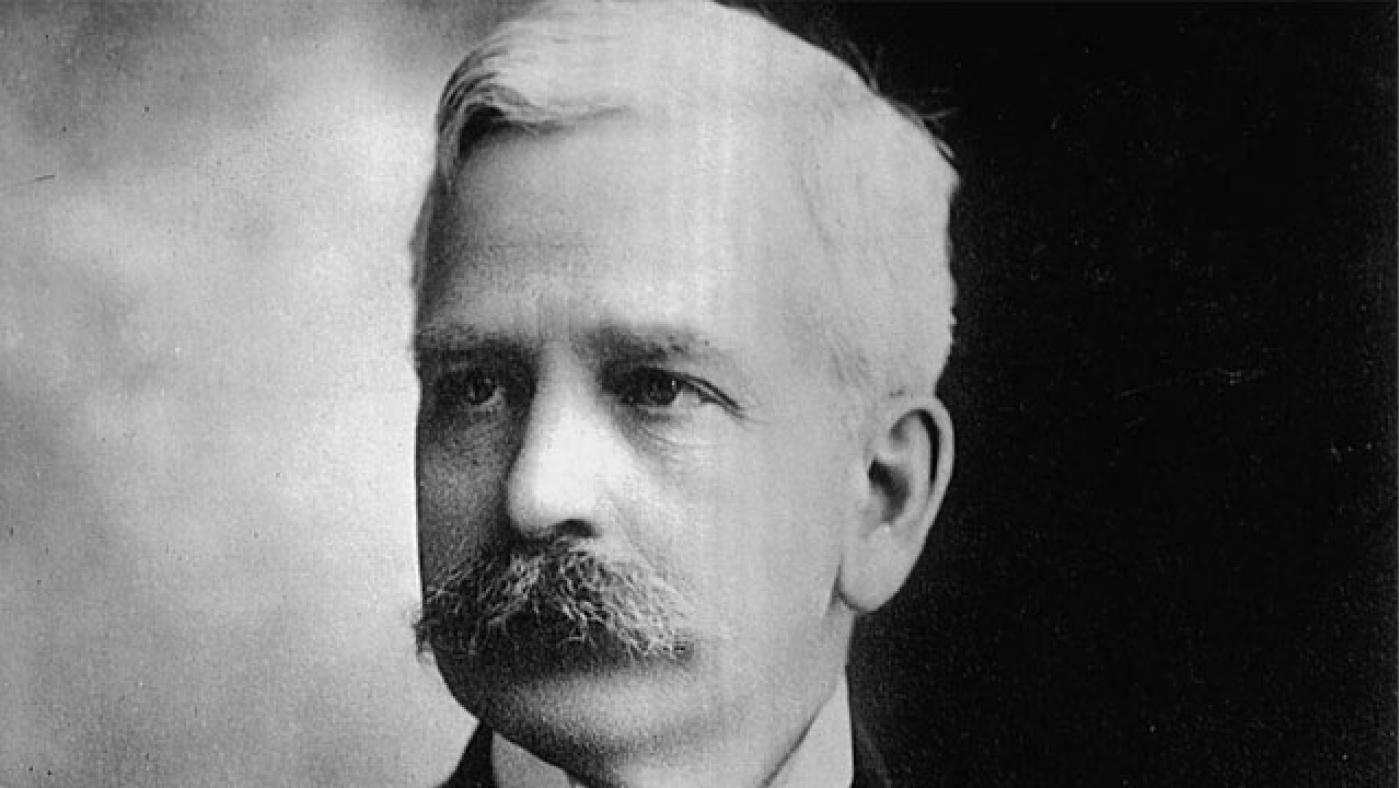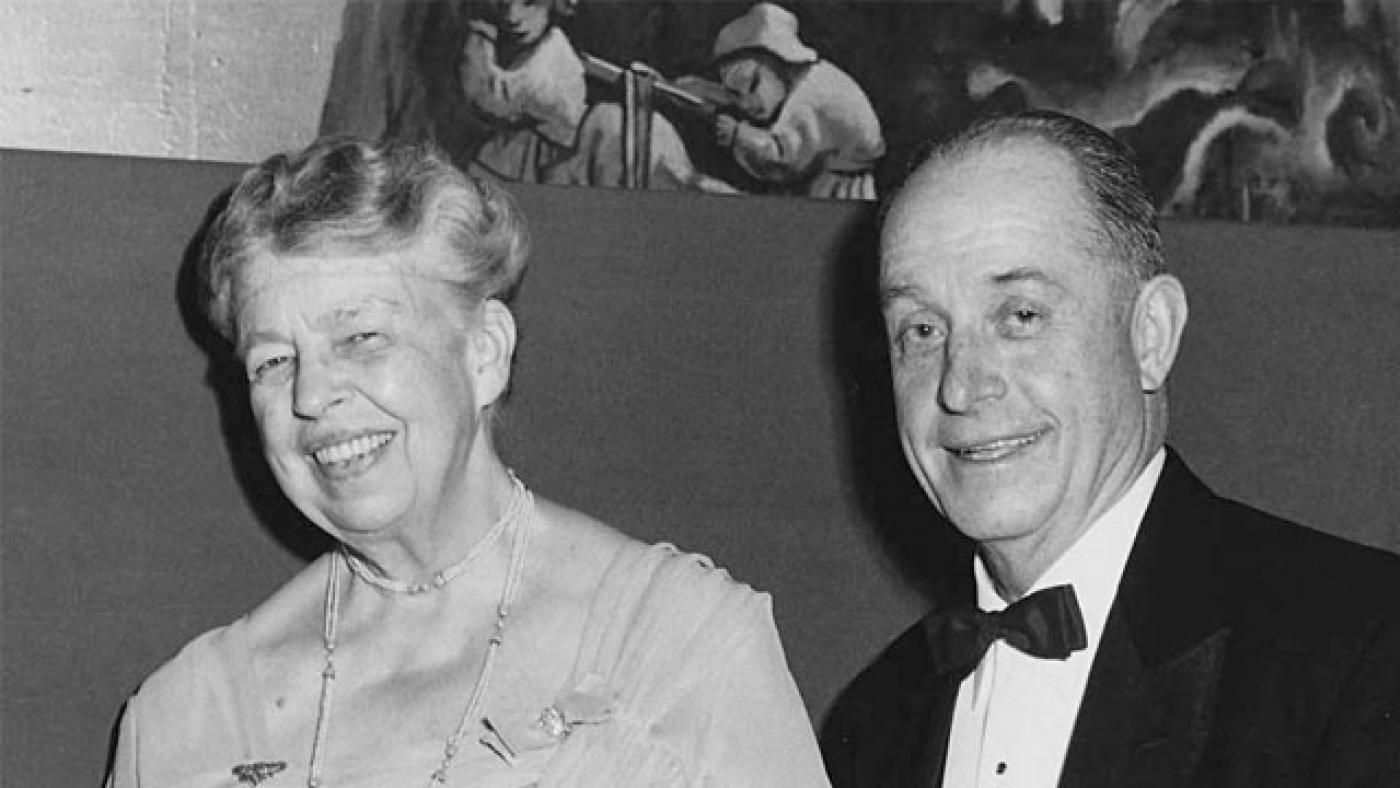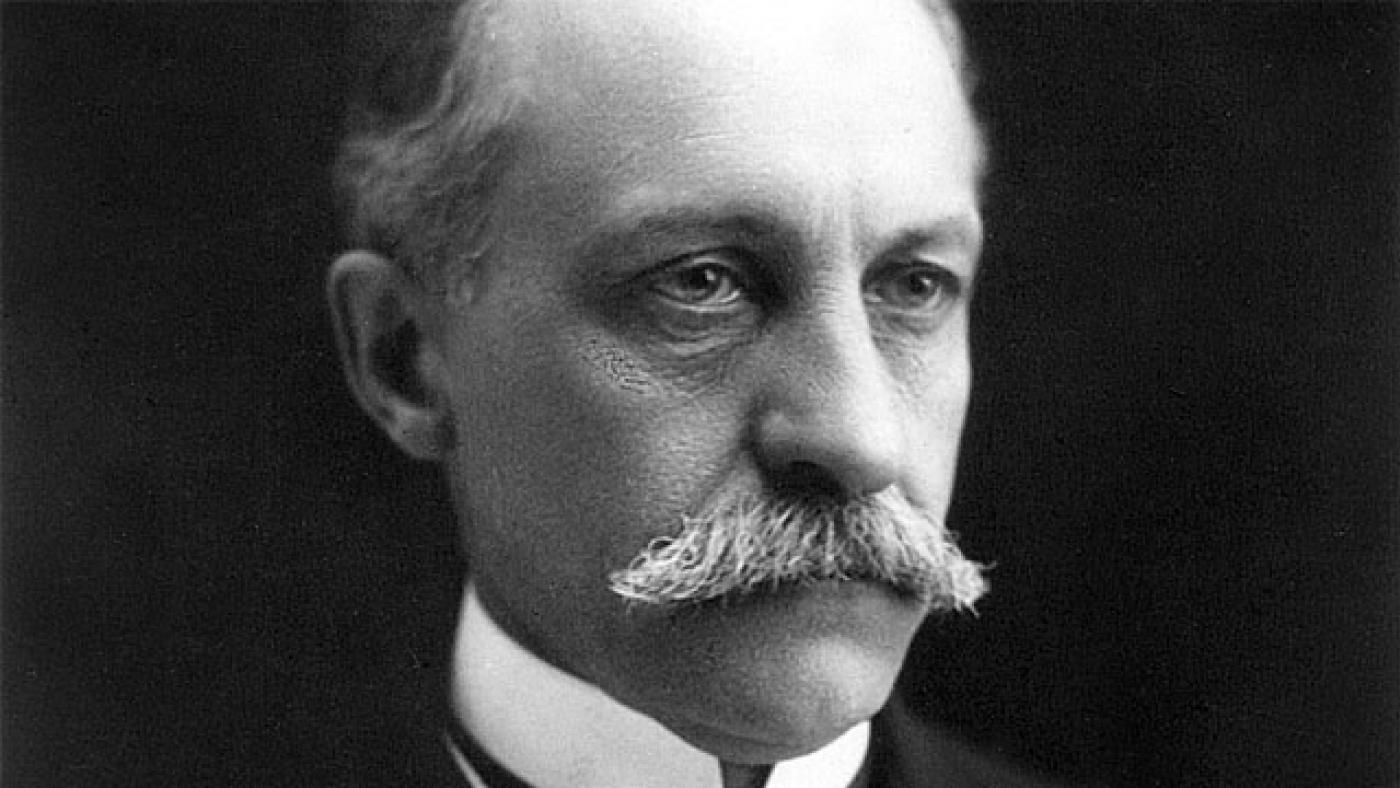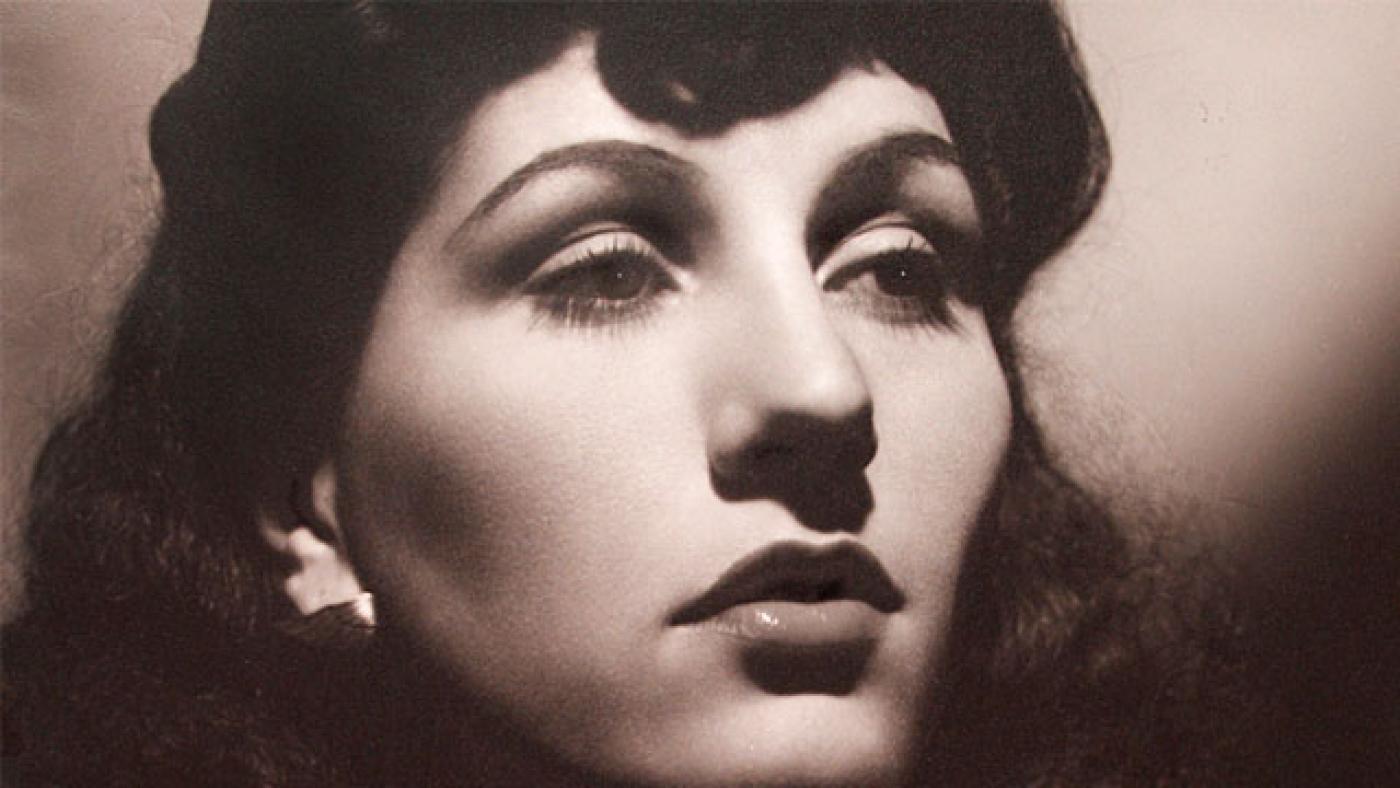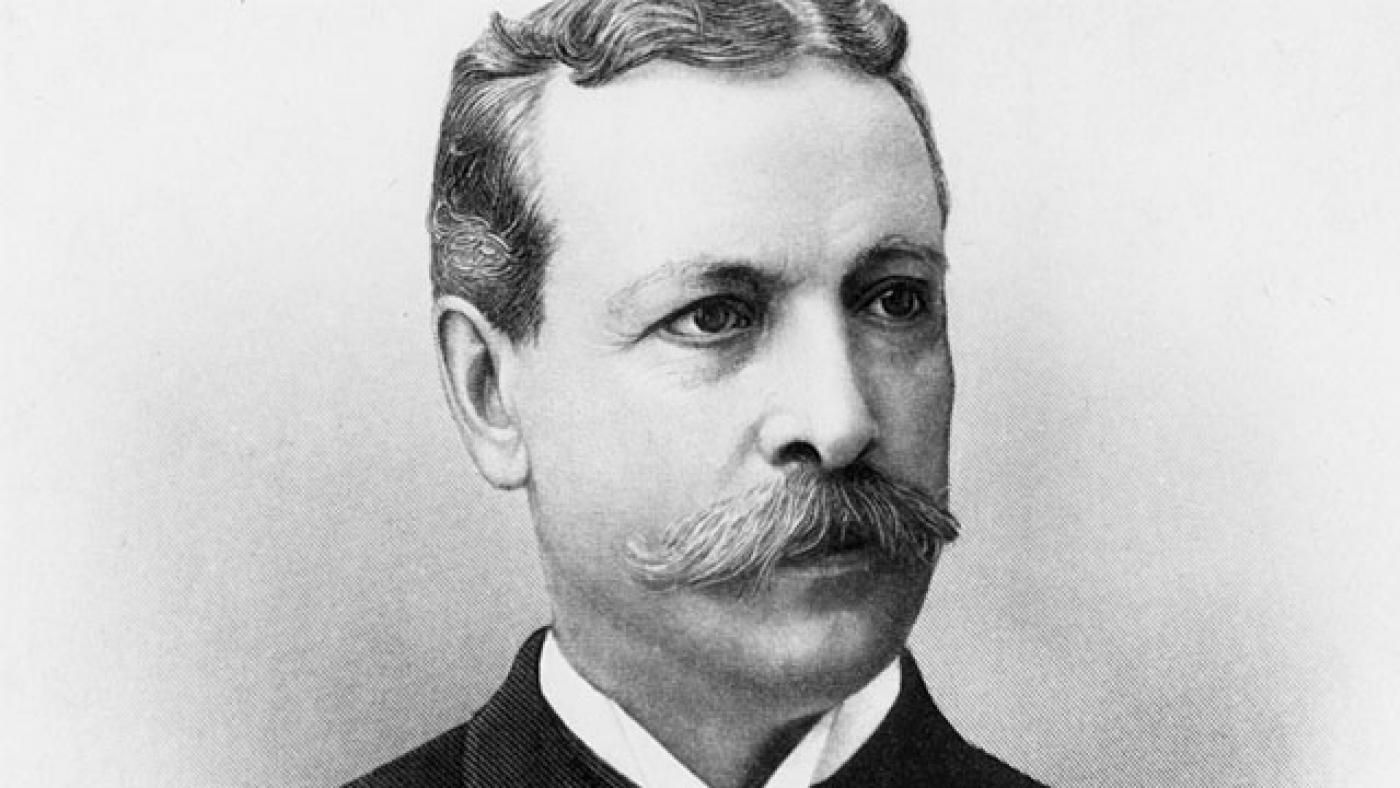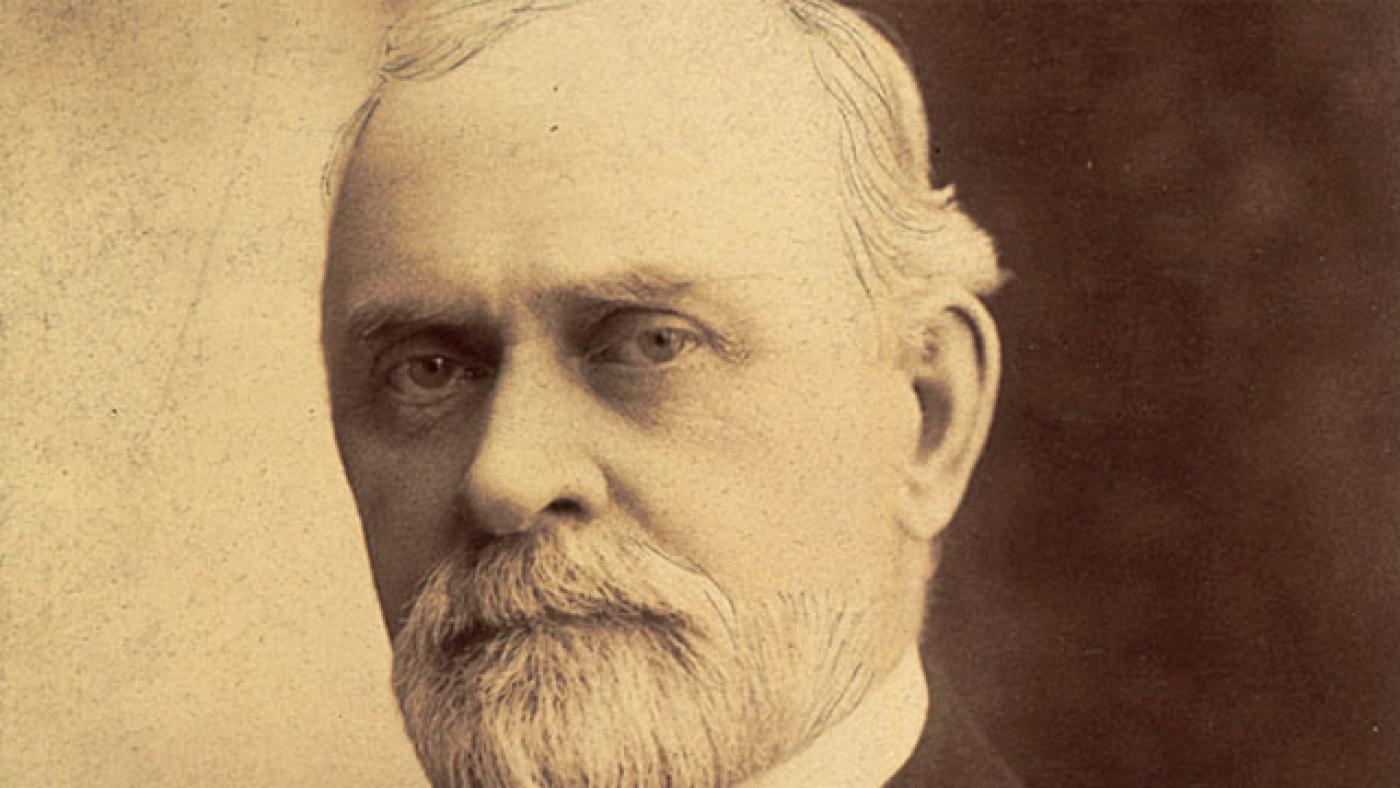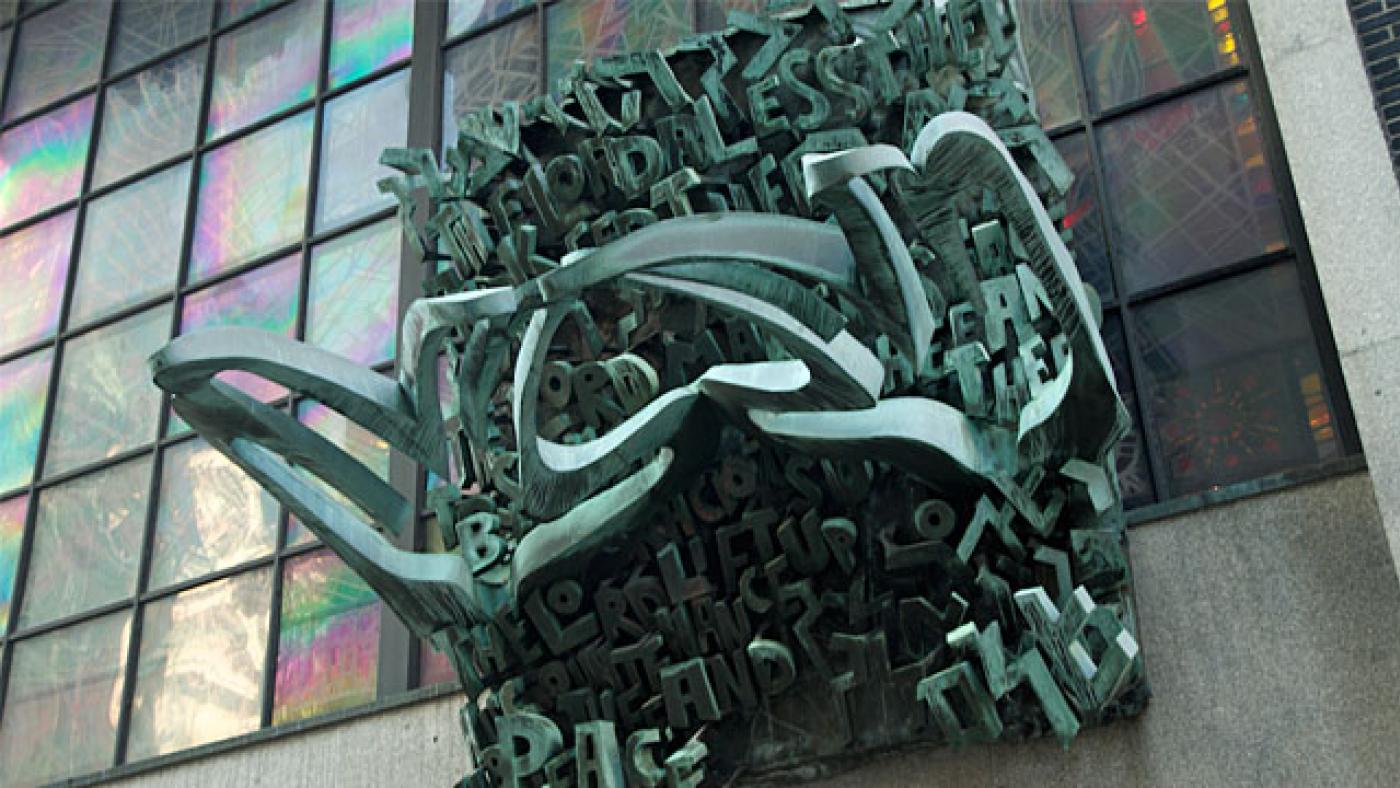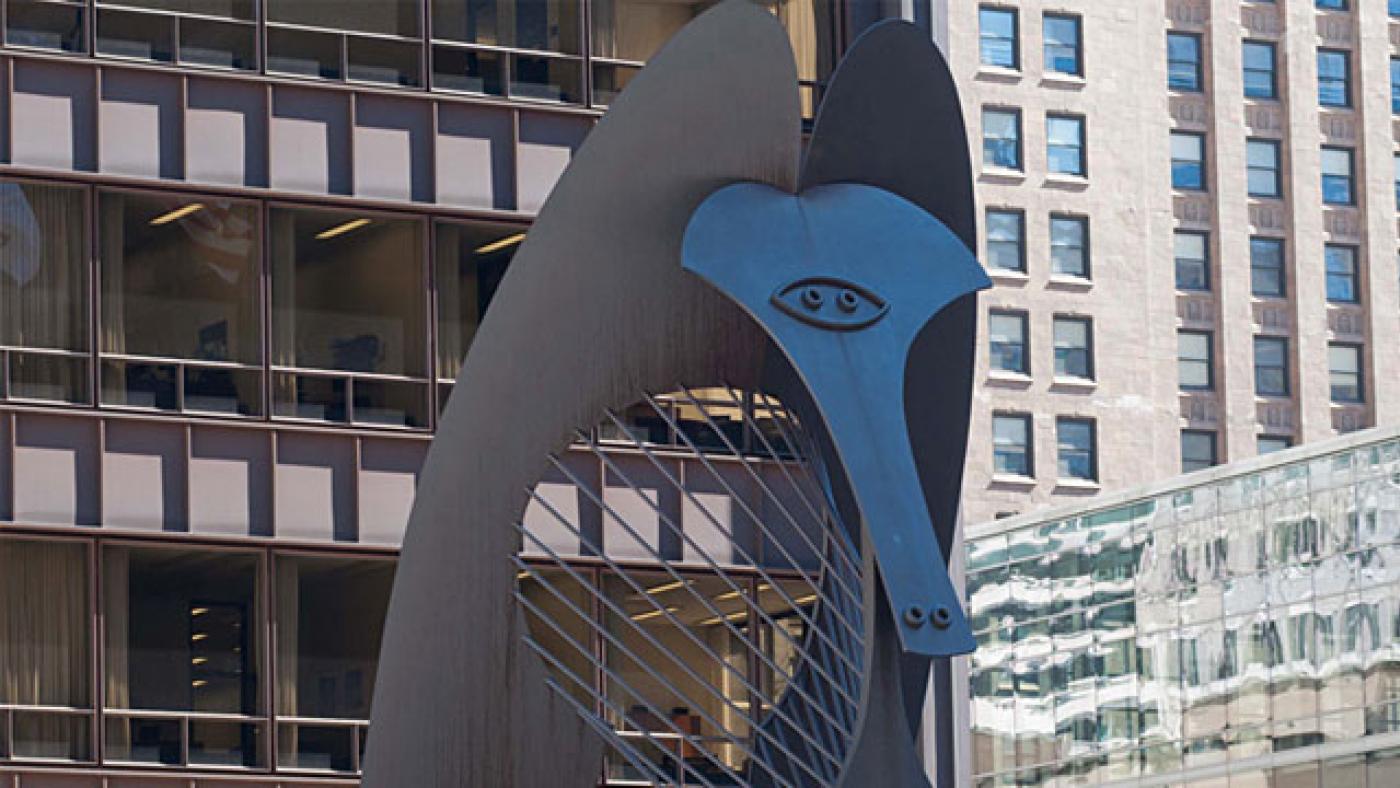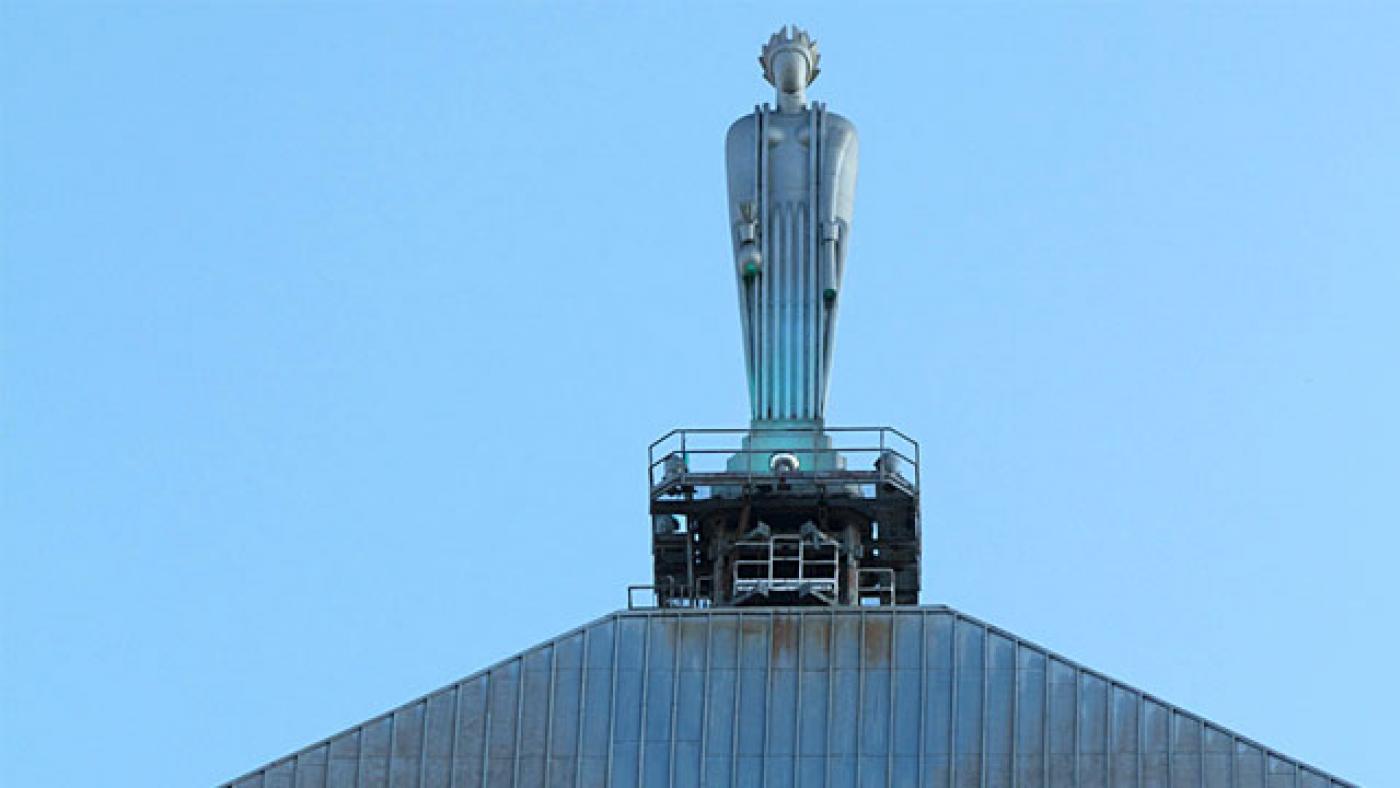Adler & Sullivan’s Chicago Stock Exchange Building is notorious in Chicago architectural preservation history for several reasons. It was a stunning landmark building that was demolished despite loud protests. It was also the building in which photographer and preservation champion Richard Nickel lost his life; he was killed in a partial collapse of the building during its demolition.
buildplayer
Home Insurance Building
WTTWWilliam LeBaron Jenney’s Home Insurance Building stood at the northeast corner of LaSalle and Adams streets. As the world’s first iron-and-steel-framed building, it heralded and made possible a new era in tall buildings. It was arguably the world’s first skyscraper, though that distinction is debated among purists.
Richard Nickel
WTTWRichard Nickel was a young photography student at Illinois Institute of Technology when he first encountered Louis Sullivan’s work, and it changed his life. He began documenting Adler & Sullivan buildings in photographs; later, he fought for their preservation. When he couldn’t save them, he salvaged ornament and other material from the buildings before (and sometimes as) they were demolished.
Richard J. Daley
WTTWAlthough his son Richard M. Daley was the longest-serving mayor in Chicago’s history, Richard J. Daley was mayor from 1955 to 1976, reigning over the city during a period of broad change and efforts at so-called “urban renewal” that were often quite contentious.
As a shrewd party politician, Daley wielded enormous power. But fortunately for preservationists, he was not able to execute his biggest urban renewal plans for the north end of the Loop, including a 1970s plan to clear many blocks for redevelopment.
Marshall Field
WTTWIf you look at a satellite map view of the Marshall Field’s building on State Street (which now houses a Macy’s department store), you see not one large building, but several. This perspective helps tell the story not only of Field’s store, but also of his success — which grew in leaps and bounds (and buildings) as he fulfilled his mission to “give the lady what she wants.”
Edward J. Sparling
WTTWIn a city like Chicago, it’s not only the people who build things, but also the people who save them, who deserve our gratitude.
Edward J. Sparling did both. In 1945, he and 62 faculty members resigned from Chicago’s Central YMCA College to do something revolutionary: they started a new college open to all students, regardless of race, class, sex, or age. The school was named for President Franklin Delano Roosevelt just after his death in 1945, and to this day, Roosevelt University advances a mission of social consciousness.
Ferdinand Peck
WTTWDeveloper Ferdinand Peck’s dream of improving Chicago by bringing art to all led to the construction of the Auditorium Building and Theatre on Michigan Avenue.
After the Haymarket Square massacre of 1886 — a result of the contentious divide between industry and labor in Chicago — Peck felt that the city would benefit from the creation of a place where art and beauty could be enjoyed by everyone.
Madelyn La Salle
WTTWEver wondered who modeled for that statue of Ceres that sits high atop the Chicago Board of Trade?
Neither did we — especially since the statue, which depicts the Roman goddess of agriculture, has no face. But it turns out that a young Chicagoan modeled for sculptor John Storrs: Madelyn La Salle, who was 14 at the time.
Charles Tyson Yerkes
WTTWWho put the “L” in the Loop? If you’re talking about the elevated tracks that circle the area, then Charles Tyson Yerkes gets much of the credit. He championed building elevated tracks to bring in trains that had previously stopped outside of the area.
It’s important to note, however, that there was a Loop before there was an “L” in it; earlier, steam-powered cable cars circulated downtown, giving the area its name prior to the coming of the elevated tracks and trains.
Potter and Bertha Palmer
WTTWIf cities had royalty, then Potter and Bertha Palmer would certainly have qualified as Chicago’s merchant king and queen.
William Bross
WTTWIn the wake of the Great Fire of 1871, a ravaged Chicago remained. The urban slate had been violently wiped nearly clean.
Its future was in question, but its spirit was unbroken. In a speech to the New York Chamber of Commerce just days after the fire, William Bross, part-owner of the Tribune — and a Chicagoan who had been burned out of his own home — called on the world to help Chicago rebuild: “What she has been in the past she must become in the future, and a hundredfold more!”
Let There be Light by Abraham Rattner
WTTWIt seems fitting that artist Abraham Rattner served in the U.S. Army as a camouflage artist. Inside the Chicago Loop Synagogue, you realize the brilliance of his stained-glass façade, which seems unassuming from the street, yet comes to life almost electrically from the interior perspective. The patterned glass bathes the sanctuary in a shower of color, artistically consecrating the space as a place apart from the grey concrete scene on the other side of the glass.
Hands of Peace by Henri Azaz
WTTWAdorning the front of the Chicago Loop Synagogue is a large sculpture by Israeli artist Henri Azaz.
Called Hands of Peace, this abstract bronze work welcomes visitors in both English and Hebrew, quoting a blessing from the Bible’s Book of Numbers: The Lord bless thee and keep thee; the Lord make His face to shine upon thee… and give thee peace.
The Chicago Picasso
WTTWFifty feet tall and weighing more than 160 tons, the Picasso reigns over Daley Plaza, adding abstract intrigue to this already compelling public space. While it was controversial for its abstraction when it was dedicated in 1967, the Picasso has become a beloved part of the Chicago landscape and a symbol of the city. The untitled sculpture needs no name other than “the Picasso.”
Ceres by John H. Storrs
WTTWThe female figure standing 45 stories above LaSalle Street is an iconic image for most Chicagoans. It depicts Ceres, the Roman goddess of agriculture, in honor of the commodities exchanged in the Chicago Board of Trade building below.

